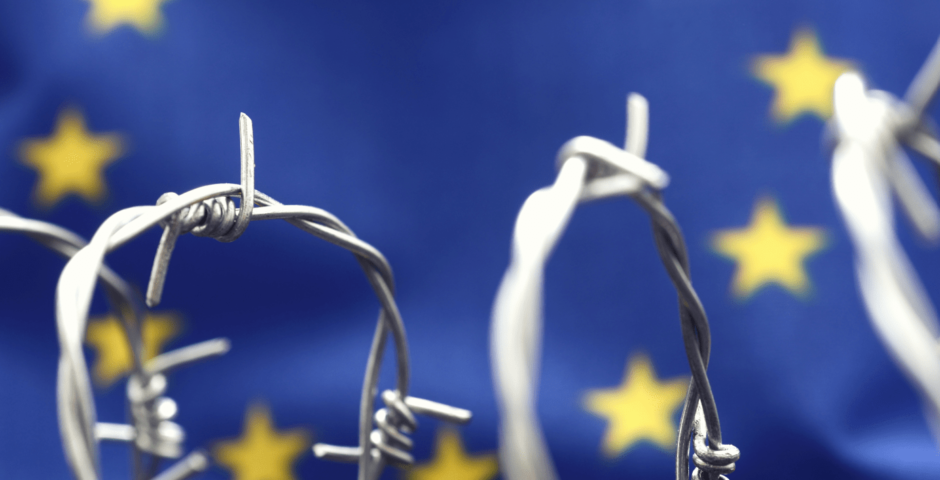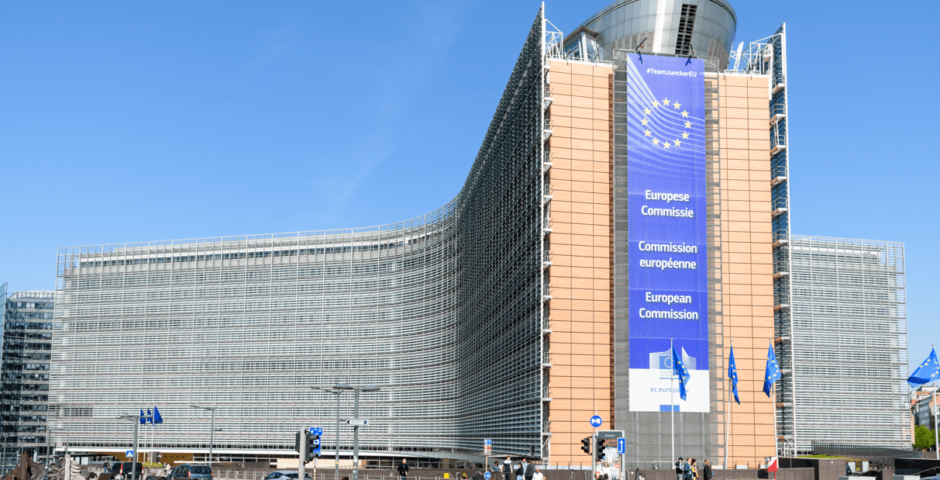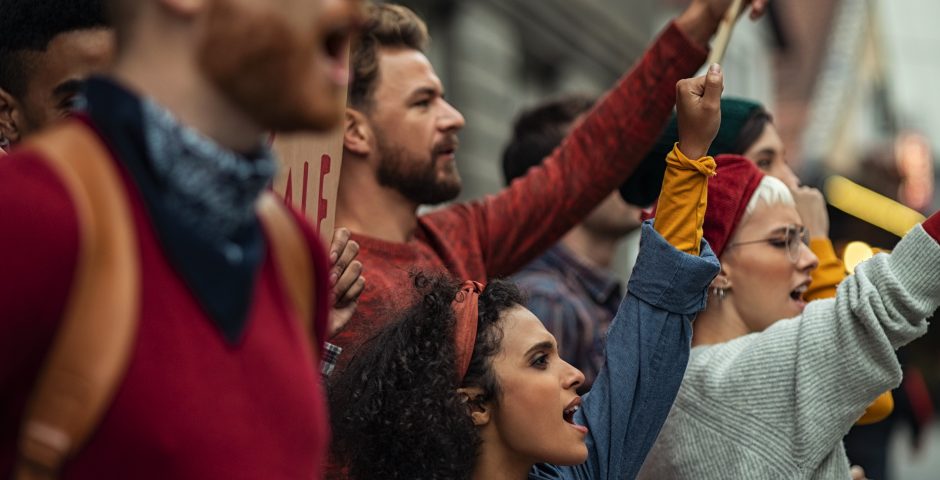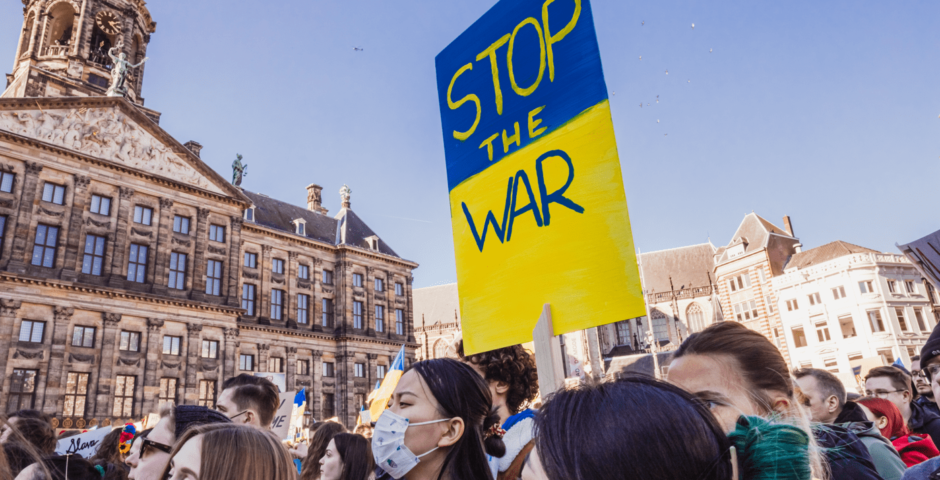Closing the Digital Gender Gap: The Fight for Equality and Human Rights Online
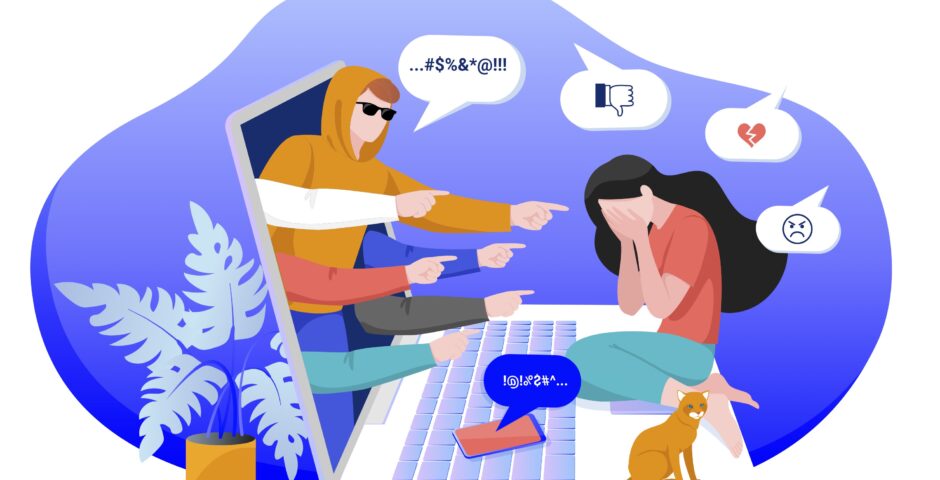
An interview with Emily Sharpe from The Web Foundation
In an ideal world the internet would be a safe, inclusive and accessible space for everyone. Sadly, this is still a far cry from reality. Shaping Europe’s editors spoke to Emily Sharpe, based in London, who works for The World Wide Web Foundation as Director of Policy about digital gender equality. Sharpe graduated from law school in the United States with a focus on business and human rights, then went on to work at Facebook as part of the privacy and public policy team for six years. Since 2019, Sharpe has worked for The Web Foundation to advocate for equal internet access and fight internet inequality worldwide.
The Web Foundation was founded in 2009 by Rosemary Leith and Sir Tim-Berners Lee, the very man who invented the Web back in 1989. The Web Foundation works to achieve open, safe and empowering internet access for everyone through research and evidence-based policy recommendation. In this interview, Sharpe elaborates on why discussions on gender equality must extend to the digital world, why the issue of gender-based violence online is not recognised nearly enough, what the Web Foundation does to combat the issue, and what individuals can do to help.
The Digital Gender Gap
The Digital Gender Gap refers to a number of structural inequalities which makes it more difficult for women to access and use the Web safely compared to men. The idea behind a concept such as the Digital Gender Gap is that unequal power dynamics of the ‘real world’, related to gender, sexuality, race, class, disability and other identity markers can translate into digital environments. To combat the Digital Gender Gap is thus a fight for equality and human rights on- and offline.
The problem of digital gender inequality can be illustrated by several worrying statistics. For example, globally, men are 21% more likely to access the internet than women. This number rises up to 51% in some developing countries. A study surveying over 100,000 women in Uganda, Colombia, Ghana and Indonesia concluded that a lack of skills represented a significant barrier to equal internet access. In rural areas, 50% of women stated that they do not use the internet because they do not know how to. The same study found that women who do have access to the internet are less likely to create certain content. For instance, concerning political, social and economic content, men are 29% more likely to express their opinion online than women. According to Sharpe, The Economist estimates that 38% of women were subject to violence online. Amongst Generation Z and Millenials, numbers rise up to 45%. The Web Foundation has found that up to 52% of young women and girls were confronted with online violence.
There are many reasons for unequal internet access. “We are still trying to understand what some of those barriers are”, says Sharpe. “Some of them relate to affordability. Others are related to cultural gender inequalities or online-based violence which drives women offline. As access to the internet represents a bigger challenge to women in the Global South, The Web Foundation supports a network of over twenty grassroot digital rights organisations in fourteen different countries who advocate for policy changes in Latin America, Asia and Africa, which is called the Women’s Rights Online network.” The Web Foundation works with the network to create what they call ‘gender score cards’, which is a way of measuring within specific nation states how well that country is faring with respect to markers of a healthy internet for women, such as internet access and online safety for women.
Online Gender-Based Violence
Not only do the majority of women worldwide face difficulties to access the internet, they are also faced with online spaces which work against rather than for them. Online gender-based violence encompasses a wide range of behaviours, including abusive language, threats of violence, stalking, impersonation, video-and image-based abuse and others.
Sharpe emphasises that online gender-based violence is a massive issue that is not given nearly the weight that it deserves as a real human rights issue. “Especially in conversations around hate speech and content moderation. We tend to speak most often about extremist content or child abuse issues which are absolutely important. However, we do not yet speak nearly enough about the impact on half the world’s population, which is women.”
“Criticism towards internet users who target women with abusive content online is often countered with the right to free expression, which has to be balanced against a woman’s right to safety and privacy”, according to Sharpe. “But women also have a right to the freedom of expression. And when their freedom of expression is chilled because they are driven offline, or feel that whenever they do share content online, tweet, post on Facebook, or their blogs, and then receive incredible abuse, then their right to free expression is chilled as well.”
The numbers, again, are overwhelming. The Plan International report, which surveyed 14,000 girls and young women aged 18-25 across 22 countries, found that 58% have experienced violence online. Regional differences are relatively minor, with 63% of girls in Europe reporting cases of online harassment compared to 58% in the Asia-Pacific Region or 60% in Latin America. The Economist estimates that globally 85% of women experience violence online, with young women being especially affected. Additionally, The Economist states that only 1 in 4 women report abuse online either because harassment is not recognised as such or because online reporting systems are ineffective. Of the survey respondents, 62% felt helpless when confronted with online violence.
Sharpe emphasises that an intersectional approach towards the treatment of online gender-based violence is crucial: “For example, we know that black women journalists and politicians in the US or in the UK are 84% more likely than white women to receive abuse. Other research has shown that black women are ten times more likely to receive abuse when they are in the public eye. So we know from an intersectional perspective that not all women have the same experiences either based on geography or based on their race or sexual orientation [or other identities.]”
What is being done?
The Web Foundation fights the problem of digital gender inequality in a number of ways. One major project aimed at making the Web a safer space for women is the cooperation with major social media platforms or ‘tech platforms’. Sharpe explains that over the past fourteen months, The Web Foundation has been working with social media giants the likes of Instagram, Google, YouTube, Twitter, Facebook and TikTok to create prototypes of these platforms which are more accommodating towards women.
“We created mock-up designs inspired by real apps to show what new approaches to online gender-based violence might look like”, says Sharpe. This has been accomplished over a series of workshops with these tech companies as well as over 120 experts of civil society groups and women’s rights experts. At the very end, The Web Foundation asked Instagram, Google, Twitter, Facebook and TikTok to sign a commitment framework that emphasises the responsibility to provide women with better recording systems when they face abuse online.
One major aim of this project was to get these important tech platforms to commit to redesign their online services following the UN Generation Equality Forum, which took place from June 30th to July 2nd this year. “There has not been a major UN conference on gender of that level in the past twenty-five years. The big push around Generation Equality is that governments and companies should be making bold commitments to addressing gender equality for the next five years.” Facebook, Twitter, Tiktok and Google officially declared their commitment at the UN Forum to redesign their platforms with women’s safety in mind.
Within the EU there have recently been regulatory measures proposed in the Digital Services Act (DSA) which include procedures to tackle and remove illegal and harmful content online. All of the social media giants would need to implement significant changes in the way that content is tracked, reported and moderated – with an overall view to mitigate risks to their users Human Rights. However, the DSA still needs approval from the European Parliament and EU member states before coming into law, with 2023 being the earliest expected date of implementation.
Why does it matter?
Taking an active stance against violence against women is equally important online as it is offline. According to The Economist, 54% of women that have experienced violence online knew their perpetrator personally and 74% were concerned about online threats transforming into real-life abuse. Online abuse has real-life effects. Fear of harassment can silence women, either by having them second-guess what they post or drive them offline completely.
“If a young woman feels that she is not able to express herself and participate fully online, what does that mean for her prospects and desire to become a politician or a journalist or run a business online? When everything is moving increasingly into the digital world and young women feel shut out; that is a massive problem that will only get worse if we don’t act now”, says Sharpe.
It’s also important to recognise that women of colour, women in positions of power, and LGBTQ+ women are disproportionately affected by online gender-based violence. According to Sharpe, black women journalists and politicians in the US or in the UK are 84% more likely than white women to receive abuse.
What can you do?
If we believe in gender equality and human rights offline, we must do so online as well. It is crucial to hold perpetrators and tech platforms that provide unsafe online environments for women accountable.
The Web Foundation has set up one huge project, the Contract for the Web, which Emily Sharpe describes as “the first ever global planet action for our digital world.” The Contract for the Web is a petition anyone can sign which promotes equal, free, transparent, safe and global internet access for everyone. Thus far, about 14,000 individuals and over 1,300 organisations have signed up including Facebook, Google, Twitter, etc.
If you are interested in signing the Contract for the Web, you can do so here!
Cara is currently completing her BA in European Studies at the University of Amsterdam. She has a passion for ethical journalism, focussing on EU foreign relations, gender equity and human rights.
Image: Shutterstock

